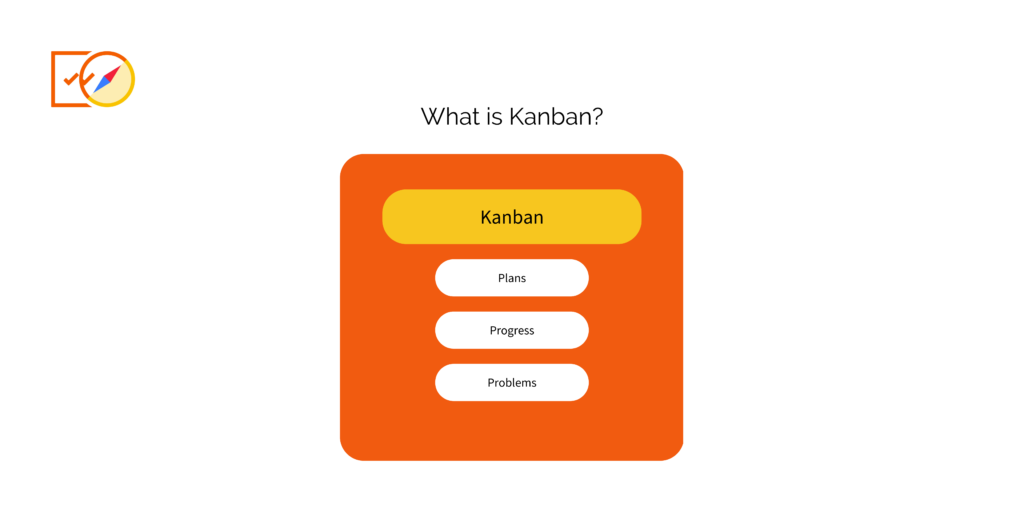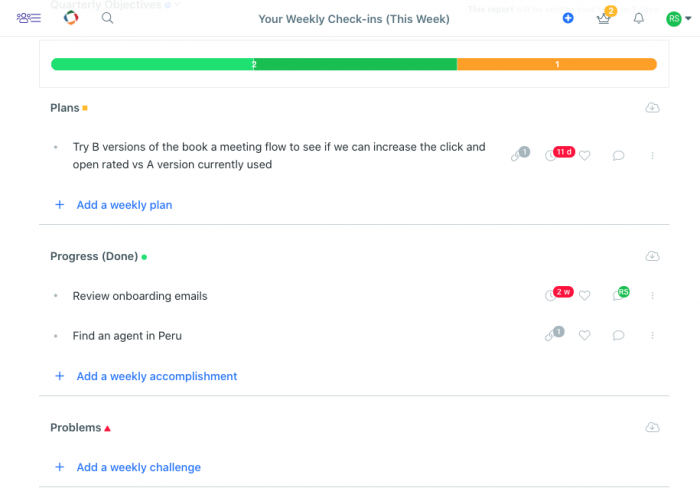
Kanban is an organizational strategy and workflow management system that allows teams to create and adjust their workflows as needed, leading to improved business processes. This article will provide an overview of “Kanban”, its origins and the various use cases where it can be beneficial. An understanding of how it works within today’s organizations, together with a look at the various benefits associated with its use, will be examined in detail. Finally, this article will explore different scenarios where Kanban has proven to be highly useful.
“Kanban” Meaning and Introduction

Kanban is a Japanese term that translates to “visual card”, and it is an organizational tool used for visualizing the workflow of teams. It was developed in the 1940s by Toyota Motors as part of its production system, but has since been adopted widely across industries and businesses. For example, Microsoft uses Kanban.
Kanban makes it easier for teams to collaborate effectively by representing processes visually on a board.
How Does Kanban Work?
Kanban is an organizational tool that works by visualizing the workflow of teams. It does this by representing tasks through cards on a board, which can be moved from one stage to another as work progresses. This allows team members to identify bottlenecks quickly and make better decisions about where resources should be allocated. There are three main principles behind how Kanban works: limiting work in progress (WIP), visualizing the workflow, and making process improvements based on metrics collected over time. Limiting WIP helps prevent multitasking and encourages focus on completing each task before moving onto the next; visualizing the workflow allows everyone involved in a project to understand what is happening at any given moment; and collecting metrics enables organizations to monitor their performance more closely so they can adjust processes if needed. By using these principles together, businesses are able to create efficient workflows while ensuring they remain flexible enough for changes when necessary.
The Benefits of Kanban
Kanban has been proven to provide significant advantages for businesses and organizations, especially those with complex workflows.
- The main benefit of implementing Kanban is that it helps teams become more productive by making their workflow visible and actionable. By having an organized system in place that clearly shows the progress of tasks, team members can prioritize activities efficiently, and adjust processes as needed.
- Additionally, collecting metrics over time allows teams to measure performance data which can be used to make informed decisions about how best to improve their results.
- In addition to increased efficiency, Kanban also enables smoother collaboration between different departments within a company or organization due its visual representation of tasks being worked on at any given moment.
- Finally, using Kanban makes it easier for leaders to monitor progress toward goals since all tasks are represented visually on a board instead of relying solely on written documentation or verbal communication.
Overall, adopting a Kanban approach offers numerous benefits for businesses and organizations looking for ways to optimize their workflows without sacrificing flexibility or transparency. By providing an easily accessible overview of each task’s status and allowing tracking changes over time through collected metrics, companies are able to achieve greater levels productivity while ensuring that projects remain manageable from start-to-finish even when facing unexpected challenges along the way.
Variety of Use Cases for Kanban
Kanban is an increasingly popular methodology for managing workflows and can be applied to a variety of scenarios.
In Product Development
One common use case involves product development, where teams are able to track the progress of digital projects by breaking them down into individual tasks and assigning each task to a different person or department. This allows team members to visualize the workflow in real time, allowing bottlenecks to be identified quickly and making it easier for resources to be allocated appropriately. Additionally, Kanban’s visual representation of tasks also makes it easier for teams from different departments within an organization to collaborate better when working on complex projects as everyone involved will have access to up-to-date information about what needs doing.
In Customer Service
Another use case for Kanban revolves around customer service operations, where teams are able support customers more effectively and efficiently by using it as a tool for tracking CRM tickets through their lifecycle. By providing visibility into how long each ticket has been open (and who is responsible) this helps ensure that issues are addressed promptly while helping managers identify areas where they may need additional resources dedicated towards resolving customer inquiries faster. Moreover, collecting metrics over time helps organizations monitor their performance so they can adjust processes if needed in order make sure that customers remain satisfied with the services provided even during times of high demand or unexpected changes in workloads.
Overall, Kanban is an incredibly valuable system for visualizing workflow and helping with efficiency. It can be used across a variety of industries, from software engineering to hospitality to marketing and beyond. Additionally, it creates transparency in workflow processes that helps everyone involved understand what needs to be done and when tasks are completed. By allowing teams to fine tune their processes, manage workloads more effectively, and create achievable plans for progress within deadlines, Kanban yields the benefits of increased productivity and improved quality of output.
Best Kanban Software in 2023

Team Compass implements Kanban methodology in weekly planning, project management and goals. Simple, straight forward and packed full of useful features that guide additional aspects of team management. Gather feedback, communicate with team members and get automatic reports every week.
Team Compass is totally free for up to 3 users and has a 14-day free trial for more than 3. No credit card required.